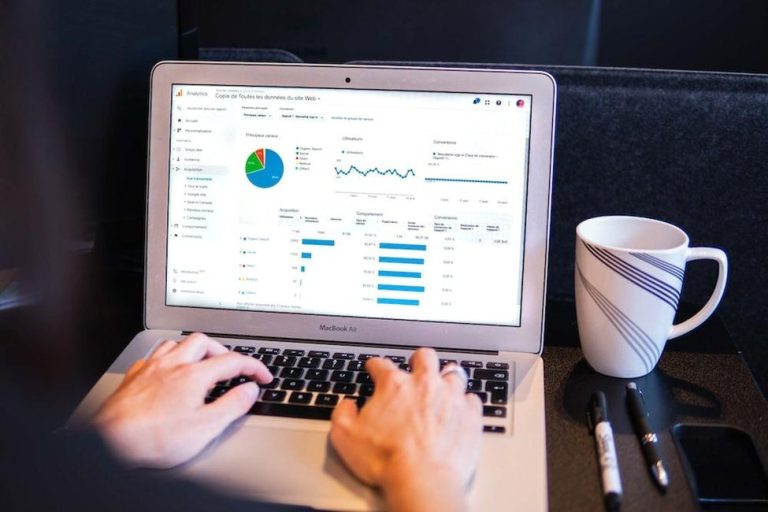Physician Assistant – As a physician assistant, your main job duty is to assist the supervising physician in his or her duties. This means that you’re able to perform almost all the tasks that a physician can, aside from surgery and prescribing medications (prescribing medications depends on your state). Still, this means that you possess a wide range of medical skills and expertise, making you a highly desirable professional within the medical field.
With that being said, you can work just about anywhere a physician works. Here’s a look at six options you have when it comes to finding employment as a physician assistant.
Table of Contents
#1: Emergency Settings
Emergency rooms and other emergency settings are where people go when they have life-threatening injuries or illnesses. Although you’re not able to perform surgeries or other invasive procedures, you’ll be able to assist the other physicians when they perform these procedures. Emergency settings can be located in hospitals and other medical facilities, and even an ambulance is considered an emergency setting.
If you like a more fast-paced medical setting that requires quick thinking and action, then look for work in an emergency setting. Every day is different, so you’ll never fall into routine work. Just keep in mind that your work hours can be unpredictable, and you’ll have to work nights, weekends, and holidays.
#2: From Home
Physicians, physician assistants, and all others working in the medical field are considered to be essential workers, so the majority did not get to work remotely during the COVID-19 pandemic. However, this doesn’t mean that healthcare workers can’t or have never worked remotely at all. In fact, telemedicine (the remote way of accessing healthcare) was in use before the pandemic and it became even more popular during the pandemic for those who didn’t have life-threatening illnesses.
If you prefer to have more control over your work schedule and you don’t mind working from home, then telemedicine may be a good option for you. Both physicians and physician assistants can work remotely to assist patients from the comfort of their own homes.
#3: Hospitals
Just as you can work in an emergency department, you can work in other departments of hospitals, assisting physicians. This includes the maternity ward, burn units, trauma centers, and surgery— depending on what your specialization is. Because the emergency department is a part of a hospital, you’ll have a similar working schedule no matter what part of the hospital you’re working in. This means that you’ll likely work long hours, nights, weekends, and holidays.
#4: Physician Offices
One of the most popular workplaces for physician assistants is a physician’s office. Physicians are qualified to open their own private practices, and they’ll need physician assistants and a host of other medical professionals as a part of their staff. Again, depending on your specialization, you can work in a family medicine practice, an OB-GYN (obstetrics-gynecology) office, or a pediatrician’s office.
This is an ideal position if you’re looking for more routine in your day, as most of these offices are open Monday through Friday from mid-morning until evening, and they’re closed on weekends and holidays. So look for work in a physician’s office if you crave something similar to the typical “nine to five” workday.
#5: Retail Clinics
Retail clinics are located inside retail stores, similar to how some retail stores house pharmacies. These clinics aren’t pharmacies, but they provide the public with quick and simple medical care, such as flu shots and other vaccinations. Retail clinics also have set hours, so this is a more stable work schedule as well.
#6: Urgent Care Centers
Urgent care centers treat people in need of immediate medical attention that isn’t life-threatening. This is one step down from the emergency room, but the setting is more similar to that of a physician’s office. Urgent care is usually a standalone facility, but some urgent care centers are located inside hospitals.
This setting is perfect for you if you want to experience something new on the job every day, but you don’t think that an emergency setting is right for you. Urgent care centers may remain open all the time like hospitals, or they may close at a certain time each day, but reopen the next day— even if it’s a weekend or holiday.
As you can see, you have a variety of options to choose from when it comes to the type of setting you want to work in. Because your skills and knowledge work well in any of these settings, it’s more about what type of work environment you’d be most comfortable working in.















